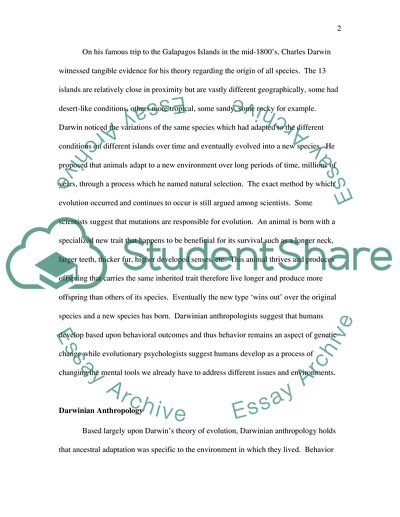Cite this document
(“Darwinian Anthropology and Evolutionary Psychology Research Paper”, n.d.)
Darwinian Anthropology and Evolutionary Psychology Research Paper. Retrieved from https://studentshare.org/anthropology/1723710-term-paper-for-class-comparative-and-evolutionary-psychology
Darwinian Anthropology and Evolutionary Psychology Research Paper. Retrieved from https://studentshare.org/anthropology/1723710-term-paper-for-class-comparative-and-evolutionary-psychology
(Darwinian Anthropology and Evolutionary Psychology Research Paper)
Darwinian Anthropology and Evolutionary Psychology Research Paper. https://studentshare.org/anthropology/1723710-term-paper-for-class-comparative-and-evolutionary-psychology.
Darwinian Anthropology and Evolutionary Psychology Research Paper. https://studentshare.org/anthropology/1723710-term-paper-for-class-comparative-and-evolutionary-psychology.
“Darwinian Anthropology and Evolutionary Psychology Research Paper”, n.d. https://studentshare.org/anthropology/1723710-term-paper-for-class-comparative-and-evolutionary-psychology.


